How Efficient Are Solar Panels? Factors & Benefits
-
- Last updated:
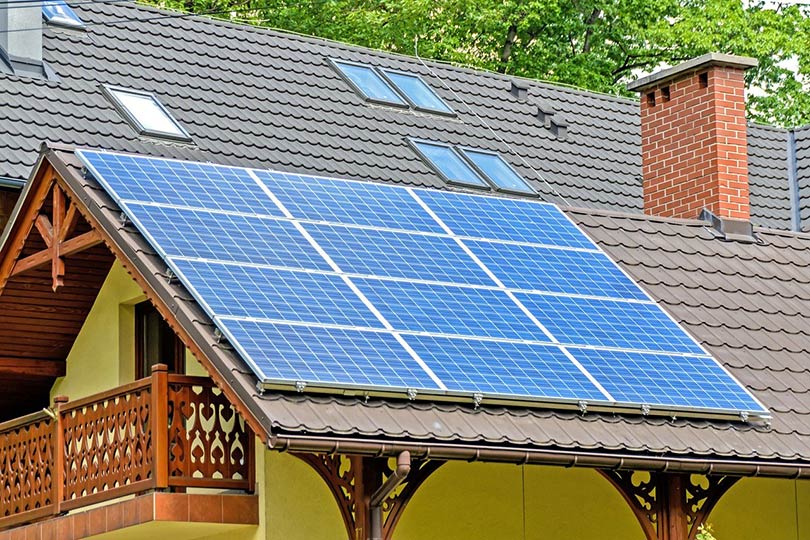
Apart from being a cleaner energy source, solar panels are a great way to save the electricity bill in your home. They come in a variety of manufacturing designs and efficiency levels, which means you have to consider a couple of factors before making a final decision on which solar panel to buy.
Solar panel efficiency generally means the amount of sun the solar panel can turn into electricity. Let’s dive deeper into solar panels and find out what you need to know to get the best out of your investment.

Factors Determining Solar Panel Efficiency
As mentioned, solar power efficiency is the amount of solar that can be transformed into electricity by a solar panel. Previously, that percentage was generally at 10%–13%, but due to advancements in photovoltaic technology, the percentage has gone up to around 20%

Three factors determine solar panel efficiency:
- Cell efficiency
- Panel efficiency
- Environmental factors
Cell Efficiency
This means the type of substrate used and the cell structure, which is mainly N-type or P-type silicon. It is calculated in what is referred to as the fill factor, which is the maximum conversion efficiency of a PV cell at optimum operation.
Cell design plays a huge role in increasing the efficiency of the solar panel. Some of these factors include the silicon type used, passivation type, and busbar configuration. Currently, panels built from IBC cells are the most efficient due to little loss from the busbar shading and the N-type silicon substrate used.
Developments have seen the production of new monocrystalline PERC cells that achieve well beyond the 20% mark.
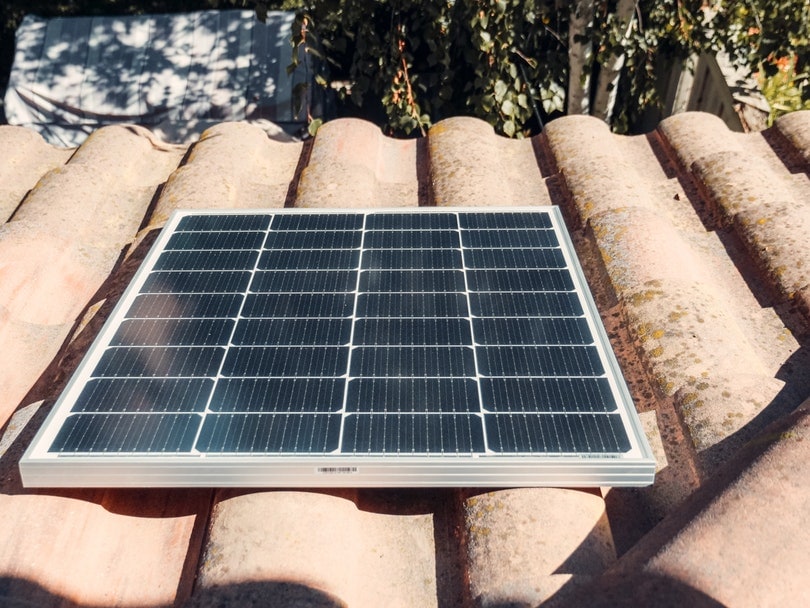
Panel Efficiency
This is measured in standard test conditions based on cell temperature and air mass. The efficiency is calculated by dividing the maximum power rating versus the total panel area.
There are several factors that will influence the overall panel efficiency including:
- Temperature
- Cell type
- Irradiance level
Even the color of the protective back sheet may have an impact; although the black ones appear more aesthetically pleasing, they absorb more heat and increase the temperature of the cells, reducing efficiency.
If a solar panel has a 15% efficiency rating, it means that the solar panel will cover 15% of the solar energy that hit the solar panel.
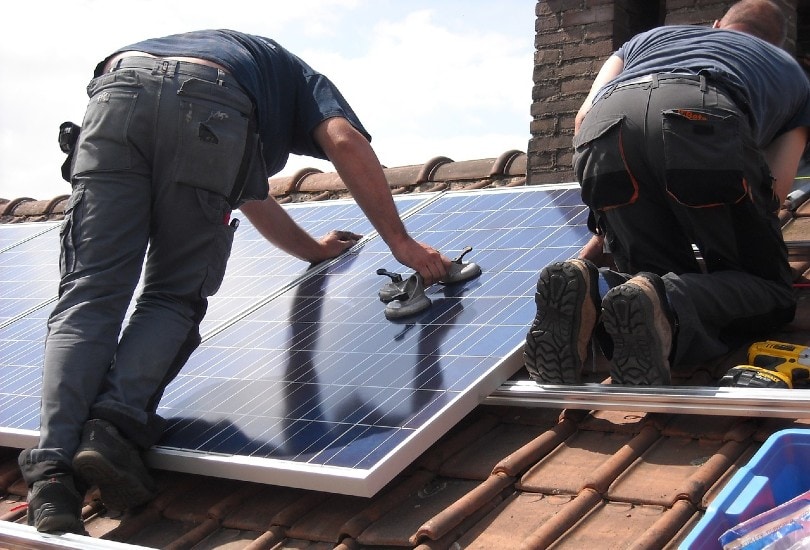
Environmental Factors
The environment counts a lot when it comes to the energy output by a solar panel.
- Temperature: The sun may be important to the solar panel, but the heat does not help, as all it does is increase the temperature of the cells, which may end up reducing the efficiency of the solar panel. They operate best in cool but sunny conditions.
- Debris: If you live in a particularly dusty area or a place prone to wildfires, debris may clog the solar panels’ surface area and make it hard to harvest the sun’s energy. Rainstorms will often take care of any debris on the solar panel, but it wouldn’t hurt to check manually.
- Weather: Day-to-day weather will have an impact on the solar panel; even a small cloud covering the sun may have an impact.
- Shade: Ensure the solar panel is not in a shaded area, as it will reduce the amount of energy that can get into the panel.

Calculating Solar Panel Efficiency
You can calculate solar panel efficiency by dividing the wattage of the system by the solar panel square footage and incident radiation flux, which is multiplied by 100.
Incident flux is the amount of light that shines on the earth’s surface in your area. The assumption for the testing conditions is 100 watts per square meter incident flux.
To calculate the efficiency of a 400-watt solar panel that is 2-square meters, and the standard conditions assume 2,000 watts, divide 20,000 by 4,000 and multiply that by 100, getting 20%
This means a 400-watt power outage is equal to a 20 % efficiency rating.
Benefits of Solar Panel Efficiency
- Limited Space: Most residential areas, especially in huge towns and cities, have a problem with space availability on rooftops. High-efficiency panels come in to solve the problems as they do not need to be as huge to fetch a high amount of energy return.
- Do More with Less: Due to the size of the more efficient solar panels, you will not need as many solar panels as would have probably been needed. This shaves off a few panels and maintains the same output of energy.
- Payback is Faster: The initial investment in a solar panel may be high, but efficient solar panels will save you a lot on electricity bills leaving you well on your way to making a recovery on your investment.

Which are the Most Efficient Solar Panels?
- Monocrystalline solar panels
- Polycrystalline solar panels
- Thin-film solar panels
Before checking each individually, it is worth noting that the efficiency of one solar panel does not equate to the efficiency of solar panels as a system. Solar cells can reach an efficiency of up to 40%, while the whole solar panel system yields 20% efficiency.
However, being that the measurements are mainly taken in the lab, it means conditions are different, and that is why it wouldn’t yield the same on your roof.
Monocrystalline Solar Panels

These are a type of solar panels manufactured from single-crystalline cells from the purest silicon. A silicon rod is grown through a complicated process, and then cut into wafer-type shapes that will become the solar cells. They are known to deliver the best in terms of standard test conditions compared to the other two in the same group.
They can yield up to 27% of efficiency.
- Last upwards of 25years
- Don’t require as much space
- Made from silicon with a high purity rating
- Not great for the colder weather climates
- The price point is higher
Polycrystalline Solar Panels
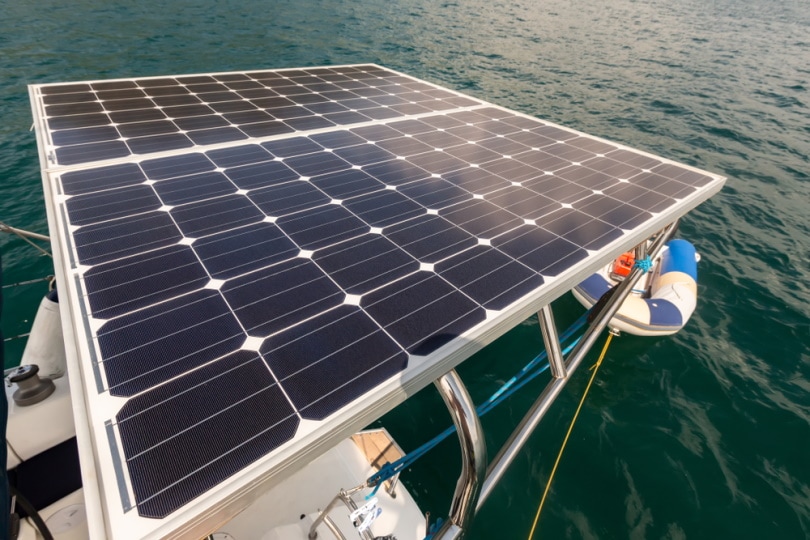
These are a bit less efficient compared to the monocrystalline cells and are made up of monocrystalline solar cells. The reduced efficiency can be blamed on the way the silicon is grown, which is as a block of crystals. They produce between 15% and 22% efficiency.
- Budget-friendly and last a long time
- Less waste after the melting process
- Simpler to manufacture
- Lower efficiency
- Take up more space
Thin Film Solar Panels
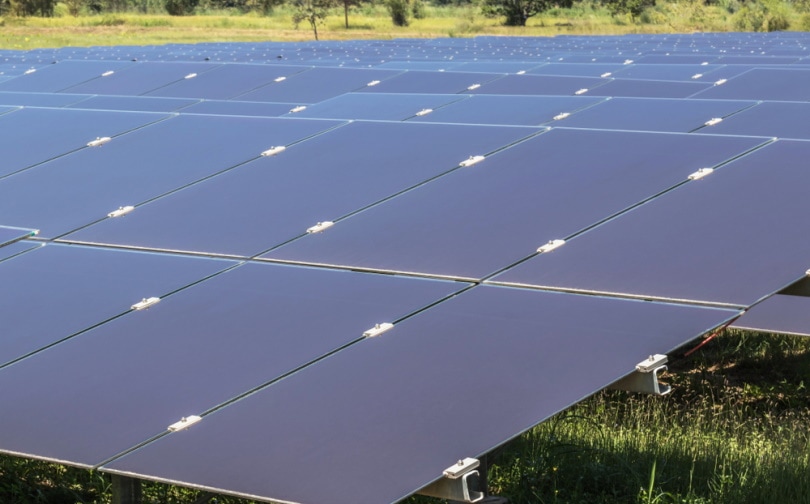
These are made by covering a substrate of glass, plastic, or metal with more than one photovoltaic material. They will degrade faster than mono and polycrystalline solar panels. They are less complex to make but have a lower output compared to other types of solar panels by at least 5%.
- Easier and less expensive to manufacture
- Amazing for solar transportation applications such as bus rooftop panels.
- Require large space, not best for the rooftop
- Break way more easily

Top 5 Most Efficient Solar Panels
- SunPower 22.8% monocrystalline
- LG 22.0% monocrystalline
- REC solar 21.7% monocrystalline
- CSUN 21.2% monocrystalline
- Panasonic 21.2% monocrystalline
Factors to Consider when Purchasing Solar Power Panels
There are several factors you should be well aware of before making the final decision as to which solar panel you want for your home or business. Some of these factors include:
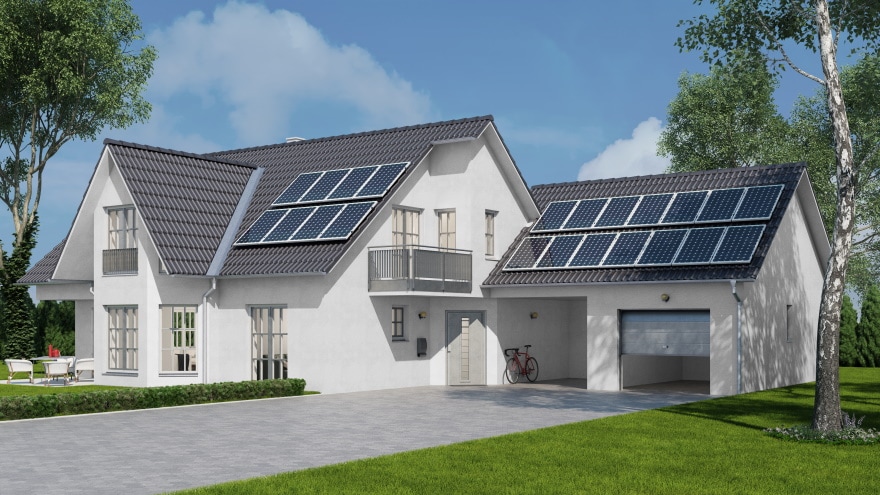
Energy Usage
It is important to understand that the tip-top energy produced by solar power only happens when it is new. However, after a while of use, it will reduce the yield, and due to exposure to the elements they begin to lose efficiency.
However, if your energy bills are high, it means it is time for you to get a solar panel, but if your energy consumption is low, you may need to rethink the use of solar panels because the initial cost of set-up may be a bit high.
Cost
to set up a new solar panel on your roof. However, after installation, you can lay back and enjoy the returns on your investment as you watch the bills come lower and lower.
Location
Solar panels are way more efficient in places that receive a lot of sunshine. Residents of California, Florida and South Carolina are more likely to enjoy the benefits due to the amount of sun available.
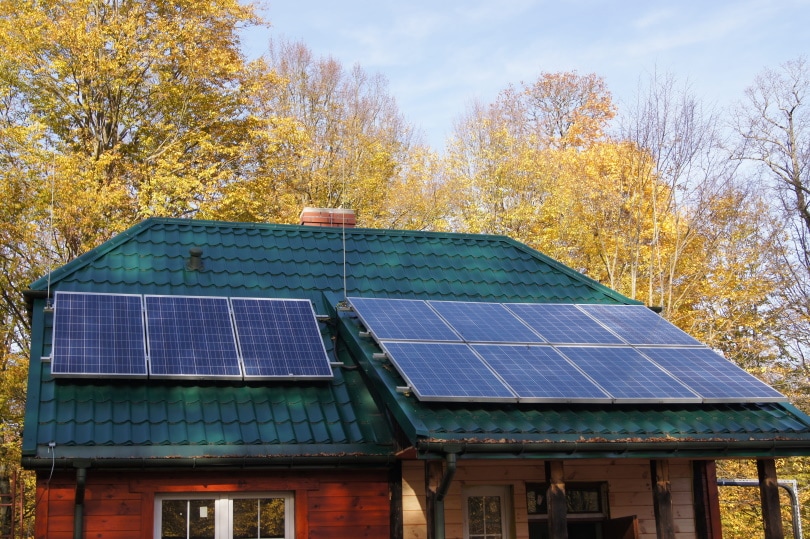
How Much Do High-Efficient Solar Panels Cost?
The more efficient the solar panel, the higher the initial cost of installation will be. However, there is a reprieve as more Chinese companies are coming up with high energy-efficient solar panels at more competitive prices.
Compared to companies like Sun Power, Trina and LONGi, Chinese companies are offering way cheaper solar panels at the same 20% energy efficiency.
To get a good product for your solar panel, you will need to invest at least $27,000–$30,000 for an 8-kilowatt solar panel.
Can You DIY A Solar Panel System?
It may be tempting, however, it is best left to the pros as the process may be a bit complex, and you may end up damaging the panels. The solar panel warranty also comes with the precondition that the panels be installed by a professional.

Conclusion
Always be sure to understand which the best type of solar panel is, depending on the various factors discussed in the article. The initial cost may be a bit daunting but look at it as a long-term investment that will give you maximum returns. A bit of background research will help especially with discounts and special sales that may be happening.
Featured Image Credit: PhotoMIX-Company, Pixabay
Contents

